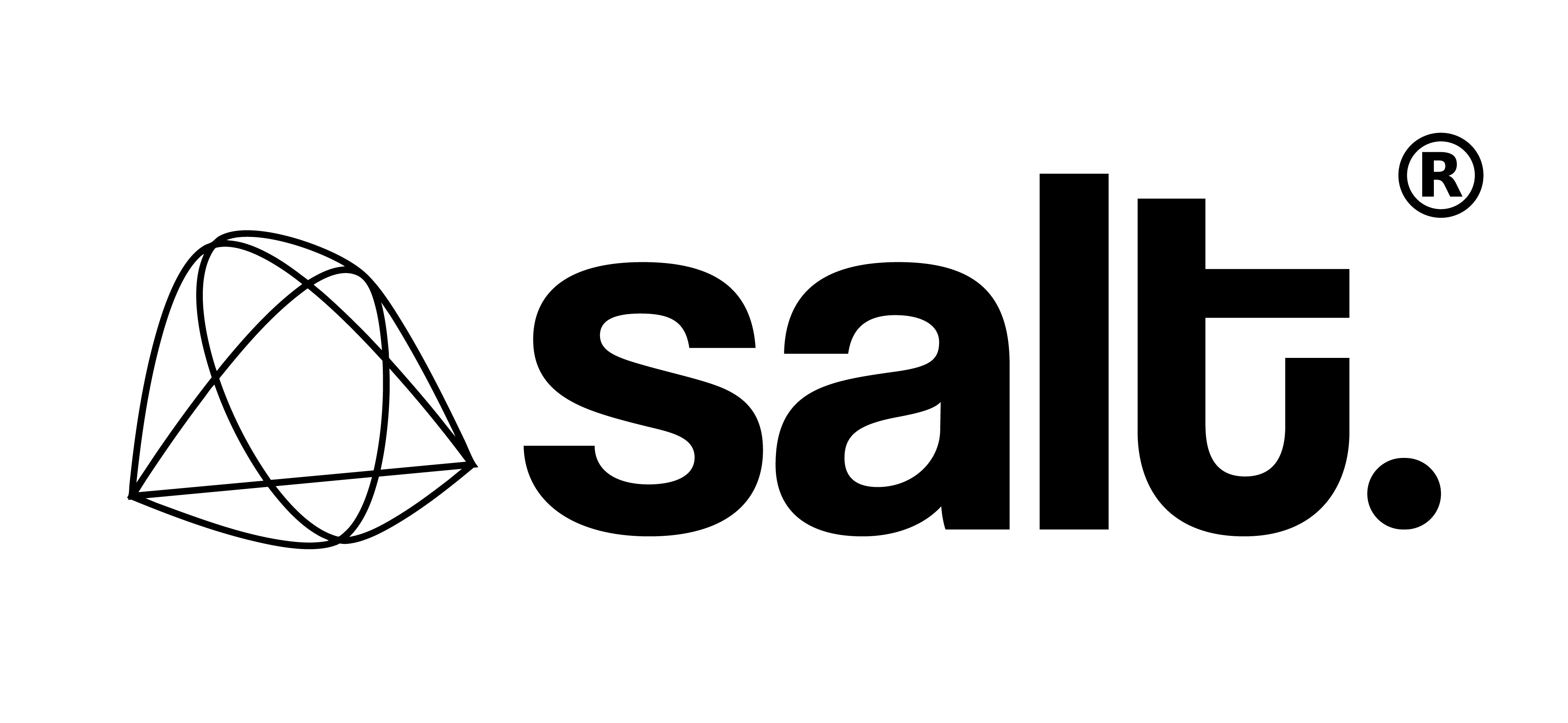Disposal Instructions
Disposal instructions are an important aspect of responsible waste management. Proper disposal of waste not only protects the environment but also promotes public health and safety. Here are some general guidelines to keep in mind when disposing of different types of waste:
-
Hazardous waste: Hazardous waste includes items such as batteries, fluorescent light bulbs, pesticides, and chemicals. These items should never be disposed of in the regular trash. Instead, they should be taken to a hazardous waste disposal facility or collection event.
-
Electronic waste: Electronic waste (e-waste) includes items such as computers, cell phones, and televisions. These items should also not be disposed of in the regular trash as they contain hazardous materials that can be harmful to the environment. Many cities have e-waste recycling programs that accept these items for proper disposal.
-
Medical waste: Medical waste includes items such as sharps, expired medications, and contaminated materials. These items should be disposed of in special medical waste containers or taken to a medical waste disposal facility.
-
Organic waste: Organic waste includes items such as food scraps and yard waste. These items can be composted to create nutrient-rich soil. Many cities offer curbside composting programs or have community gardens that accept organic waste for composting.
-
Regular trash: Items such as paper, plastic, and non-hazardous household waste can be disposed of in the regular trash. However, it is still important to reduce the amount of waste generated and recycle as much as possible.
Remember, proper waste disposal is everyone's responsibility. By following these guidelines and taking advantage of recycling and waste disposal programs in your area, you can help protect the environment and promote a healthy and safe community.

